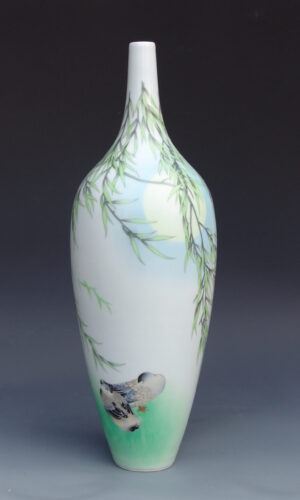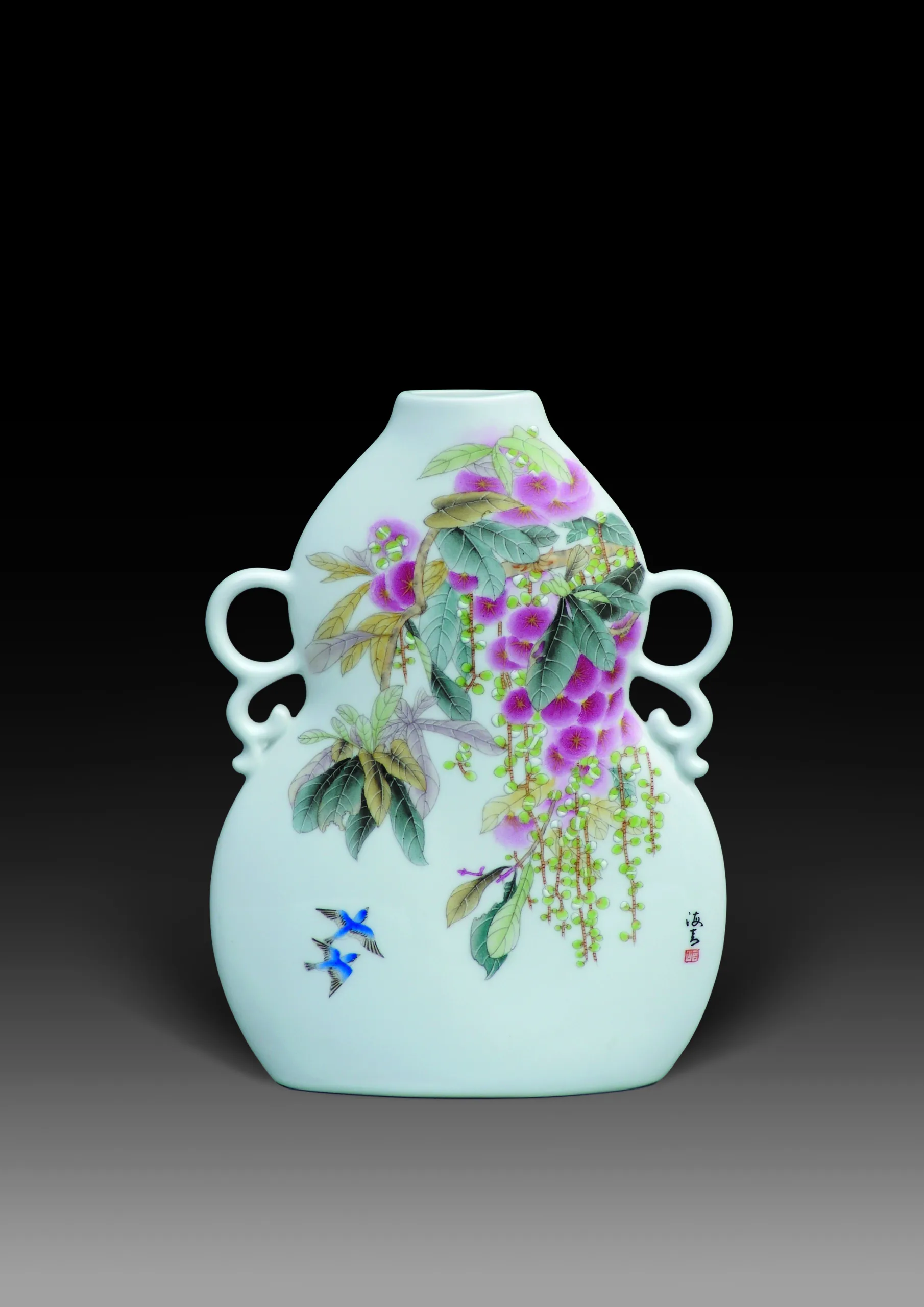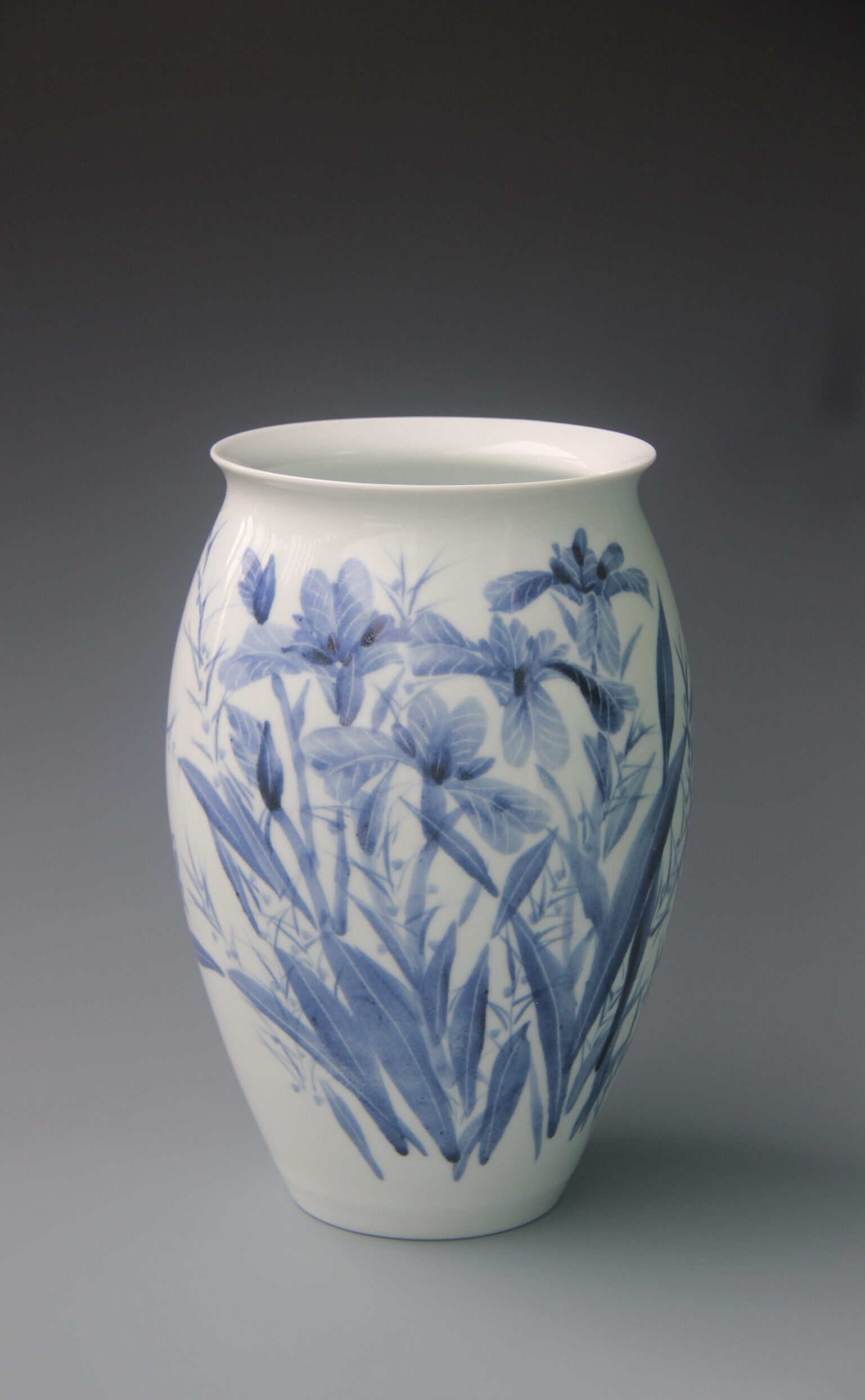Discover more artworks in the trending category
Your favorite destination of Ceramic Art
by leading artists
One-off site to find the art
you love
Explore the Beauty of
Contemporary Ceramic Art
Leading artists
Get to know our artists
Curated collection of the week
The perfect piece to inspire you
Yu Hanqing
1904-1987, he was a renowned ceramic artist and traditional Chinese painter. In 1959, he was among the first group of artists to be awarded the title of “Ceramic Artist” by the municipal government. He served as an associate professor in the Fine Arts Department of Jingdezhen Ceramic Institute, a member of the Chinese Artists Association, a committee member of the provincial and municipal literary...
A Fine Over Glazed 'Loquat' Plate
Over-glazed Porcelain
23 x 23 cm
Estimate price:
HKD 500,000 -800,000
Art collections
Explore collections from our curated artists




What's your favorite style?


Ceramic Arts by Yu Haiqing



Browse all art and objects
Buy Now
Rules for choosing ceramics
The contemporary ceramics we looked at...
engage with and move beyond traditional decoration in various ways. All the pieces were made by contemporary ceramicists, who were trained at the Ceramic Institute in Jingdezhen, the most prestigious educational institution for ceramics in China.
Many of the artists' works have been selected for solo and group exhibitions in countries and regions such as Japan, the United States, Canada, France, Belgium, Italy, Australia, Brazil, South Korea, Singapore, Indonesia, Malaysia, Hong Kong, Macau, and Taiwan.
A large number of works are collected by domestic and international museums, art galleries, and craft museums, including the British Museum, the Palace Museum in China, the National Museum of China, and the China National Arts and Crafts Museum's Treasure Gallery.
Ceramic Art Archive
What is Porcelain? A white ceramic ware that is made of kaolin or China clay, which contains large percentage of vitreous substance. It is glazed and fired at high temperature of about 1300℃. Thinly potted porcelain has a translucent body with almost no absorption (approximately 0.5%) and makes a ringing sound like a metal when struck.
History of Chinese Ceramics
The history of Chinese ceramics can be traced back to over ten thousand years ago. During the Yangshao culture of the Neolithic age, earthenware with color decoration as well as red or white-bodied ware were made, and later in the Longshan culture, production of black ware flourished. In the Shang dynasty, ash-glazed ware which are also known as proto celadon began to appear and from the end of the Spring and Autumn period to the Warring States period, hard-bodied, high-fired pottery with impressed decoration and ash-glazed ware were fired. By the Warring States period, gray ware with or without color decoration were produced in large quantities, one of the leading examples being the terracotta warriors excavated from the tomb of Emperor Qin Shihuangdi. While low-fired lead-glazed ware, primarily funerary objects, developed during the Eastern Han dynasty, genuine celadon began to be fired at Yue kiln in northern Zhejiang Province, which later from the Three Kingdoms to the Southern Dynasties developed into its own distinctive form, such as a soul vase or an ewer with a chicken-headed spout. In northern China, lead-glazed ware and celadon were produced during the Northern Dynasty. In the Northern Qi dynasty, lead-glazed ware including the two-colored ware in which a green glaze was poured over a yellow-glazed base, and the well-known three-colored ware were fired, while some other examples that indicate the birth of white porcelain were also observed.





























